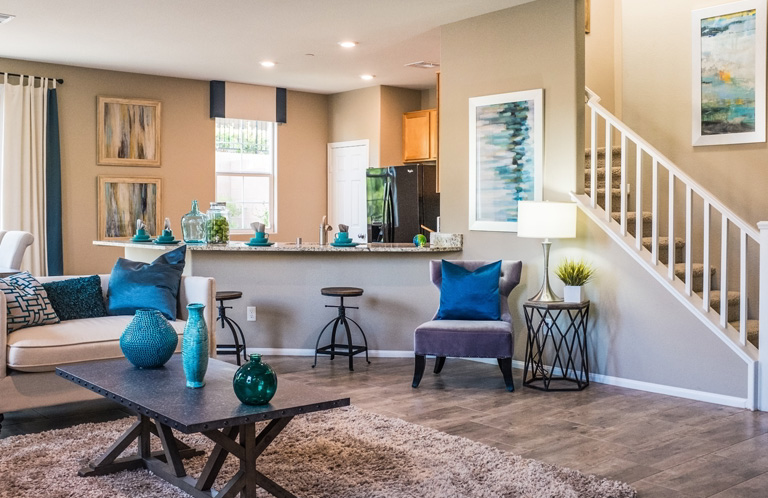People interested in buying homes in the U.S. continue to see affordability erode in a market that has made ownership prohibitively expensive for the average American.
The median U.S. home price stood at $420,000 in November, down a bit from $425,0000 in October but up about 1% from last November. The real challenge for buyers has been that despite prices remain high and relatively flat, the average 30-year fixed rate mortgage is now about 7.22%. That’s up about 0.73% from a year ago.
The monthly cost of financing 80% of a typical home has risen by 7.9% since last year — about $172 more per month, according to Realtor.com. That set a new record since data started being tracked in 2016.
The average home buyer today would need to earn $118,000 per year to afford mortgage payments for a typical home, up $7,100 from a year ago.
The climbing mortgage rates have been driven by the Federal Reserve’s aggressive policies to curb inflation by increasing the benchmark interest rate. Although there have been signals that the Fed plans to slow down rate hikes, many potential home buyers are not convinced it will translate to declines in the cost of financing a home.
“Many consumers still expect mortgage rates to rise over the next year,” Realtor.com chief economist Danielle Hale said.
Hale appeared Wednesday on the “Mornings with Maria” show on Fox Business to talk about the state of the U.S. housing market. She said one of the critical problems continues to be low home inventory, which can only be significantly increased by constructing new homes.
“We’ve got a big hole to dig out of,” Hale said. “We do expect to see single-family construction tick up next year by about 0.4%. So not a huge gain, but construction right now is on the upper end of what we’ve seen it do over the last, really since 2012.”
Hale said the inventory problem remains a “multiyear problem” for the industry to address.
Growing home inventory and a moderate decline in mortgage rates could be a help to some buyers next year, but the market isn’t expected to turn the corner of greater home affordability and availability.
“We do expect home prices to begin to decline more consistently in 2024,” Hale said. “But we’re not talking a big break because of this shortage of inventory. We’re expecting 1.7% for the year.”
Hale said she sees signs that more sellers are listing homes this fall, with November marking the first annual growth in newly listed homes in 17 months. But the trend may be rooted in pessimism about the odds of mortgage rates falling. Many sellers don’t want to list their homes now because they don’t want to face high mortgage rates on the buyer side of the market.
“It is possible that, compared to last year, sellers have less hope that mortgage rates will fall sufficiently enough over the next year and thus are not temporarily putting off plans to sell in order to wait,” Hale said.
The 7.5% year-over-year increase in home listings this November is an encouraging sign for supply that can serve as a springboard for buyers who are ready to make a move. For those who are priced out of the market, next year will likely be a question of how much ground can be made climbing out of the hole.
Photo Credit Kenny Eliason/Unsplash.com


